When Brazil’s economy boom began in the mid-2000s, many were quick to proclaim that the South American nation was on the verge of a new economic era. A decade later, it seems as though these early predictions were right. The country has experienced its fair share of setbacks since then — including the devastating effects of the Great Recession and a lengthy drug war — but today, Brazilians are finally seeing their country’s economic potential. Brazil’s economic boom can be traced all the way back to 2001, when then-President Lula da Silva launched a public works program known as “Bolsa Família” (or “Food for Families”) that provided low-income families with food vouchers worth about $50 per month. The program quickly expanded to more than 5 million families, and by 2007, it had become one of Latin America’s largest social welfare programs. This article explains everything you need to know about Brazil’s economic boom and how you can benefit from it too.
Brazilian President Michel Temer has been dealing with a major cash-flow crisis since he was elected in May 2015, but the country’s economic boom was already well underway before he came to office. Brazil’s economy grew by an average of 7.5% over the first five years of his presidency, and by the end of his term, it had grown by an additional 10%. In Temer’s own words: “We began the process of a high-quality economic recovery in 2014 and we have it in our hands.” In fact, the country is on the path to a tripling of its economic output over the next decade, according to a report released in November 2016.

As per a respected CFD and forex broker in Brazil, the underlying reasons for Brazil’s economic boom are clear: steady oil prices and an efficient manufacturing sector. The country’s manufacturing sector has grown at an annual rate of more than 10% since 2008, and it now accounts for about 10% of the country’s GDP. Brazil’s manufacturing sector is also highly automated, particularly in the auto and electronic components industries. This has enabled Brazil to expand its manufacturing sector to become one of the world’s leading suppliers of finished and semi-finished products.
Brazil’s economy grew by an average of 9.2% annually over the first five years of Temer’s presidency and by an average of 8.3% annually over the next five years. However, the country has also experienced periods of extreme growth and financial instability throughout its history, so it’s important to understand the country’s economic boom and bust cycle. During Brazil’s economic boom, the country experienced historic growth rates of 26.6% real and 19.6% nominal. However, these figures do not account for inflation, which was running at a rate of about 21% during this period. During Brazil’s economic depression, which began in the mid-1980s, the country’s real GDP plummeted by more than 50%, and over the next decade, it grew by an average of just 2.5%.
As far as an experienced forex broker in Brazil is concerned, he claims that in order to benefit from Brazil’s economic boom, investors need to understand the country’s history, current structure and the country’s economic cycle. The general rule of thumb is that the faster economic growth is predicted to be, the less certain it is going to be. On the other hand, the more stable an economy is, the easier it is for investors to achieve higher returns. Therefore, investors who want to benefit from Brazil’s economic boom should look for stocks with low levels of risk. The Brazilian Stock Exchange (Bovespa) is currently trading at a historic premium to the S&P 500 index — one of the best buying opportunities right now.








